Trypsin and chymotrypsin are two key enzymes in the digestion of food proteins. Both are produced and secreted as zymogens, ie in an inactive form, by the pancreas; the zymogen precursor of trypsin is called trypsinogen, while that of chymotrypsin is called chymotrypsinogen.
Trypsin and chymotrypsin belong to the large family of proteolytic enzymes (involved in protein digestion) and to the subgroup of endopeptidases. These substances - including gastric pepsin and pancreatic elastase - attack the peptide bonds within the amino acid chain, giving rise to smaller molecular fragments. The enzymes belonging to the second group, that of the exopeptidases, complete the work of trypsin and chymotrypsin, detaching single amino acids from the ends of the peptide chain; the pancreatic carboxypeptidases (A1, A2 and B, which attack the carboxyl end), but also the aminopeptidases (which attack the aminoterminal end) and dipeptidases, both produced and secreted by the mucosa of the small intestine, belong to this family. carboxypeptidase, similar to what has been seen for trypsin (trypsinogen) and chymotrypsin (chymotrypsinogen), are secreted by the pancreas in an inactive form. In all three cases the enzyme involved in the enzymatic activation process is enteropeptidase, a protein produced and secreted by the cells of the duodenal mucosa; more specifically, enteropeptidase is specific for trypsinogen, which once converted into trypsin also activates the other proteolytic enzymes, including the same trypsinogen.
Let us briefly remember that the duodenum is the first part of the small intestine and that not only pancreatic juices flow into it, but also hepatic juices (bile), which are essential for pH correction and lipid digestion.

The functional differences between trypsin and chymotrypsin simply concern their specificity, that is the ability to recognize and split only the bonds formed by specific amino acids. Trypsin acts above all on peptide bonds that engage basic amino acids (such as arginine and lysine), while chymotrypsin mainly hydrolyzes bonds involving tyrosine, phenylalanine, tryptophan, leucine and methionine.
Thanks to the various proteolytic enzymes, with the contribution of gastric acidity, the proteins of the diet - originally formed by several dozen amino acids - are broken down into dipeptides, tripeptides and free amino acids, all easily absorbable substances that come from the capillaries of the intestinal mucosa transported to the liver.
Trypsin and chymotrypsin in the stool
The determination of chymotrypsin and trypsin in faeces is used, and was especially so in the past, as an indirect test of the functional capacity of the exocrine pancreas. If something at the level of this gland is not functioning properly, it is logical to expect a reduced synthesis of trypsin and chymotrypsin, which will also be deficient in the stool. The test has good sensitivity, but is burdened with the real risk of false positives and false negatives. The use of laxatives, for example, decreases the concentration of enzymes in the fecal material, while the intake of pancreatic digestive extracts (such as pancreatin) or vegetables (eg.pineapple stem, papaya, papain and bromelain) cause false negative results. The intestinal flora also slightly influences the amount of trypsin and chymotrypsin that arrive unaltered in the stool; for this reason the use of antibiotics can produce false negatives; on the contrary, in the presence of diverticulosis and other conditions that favor bacterial proliferation, false positive results can be recorded.
A classic application of the trypsin and chymotrypsin assay in stool is the detection of pancreatic insufficiency in patients with cystic fibrosis. One of the consequences of this disease is the impairment of the normal transport of trypsin and other digestive enzymes from the pancreas. to the duodenum; for this reason, at birth, the stools of the child with cystic fibrosis are particularly compact, to the point of causing intestinal obstruction. Consequently, there are particularly small amounts of chymotrypsin and trypsin in meconium.

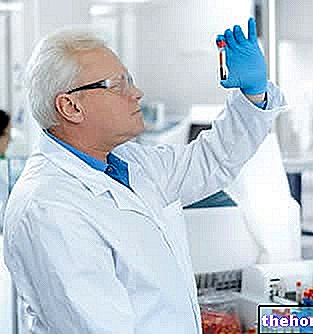
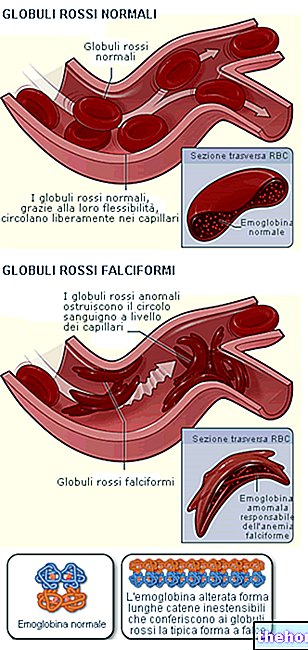
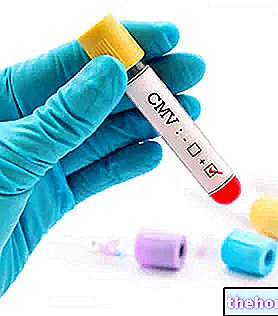
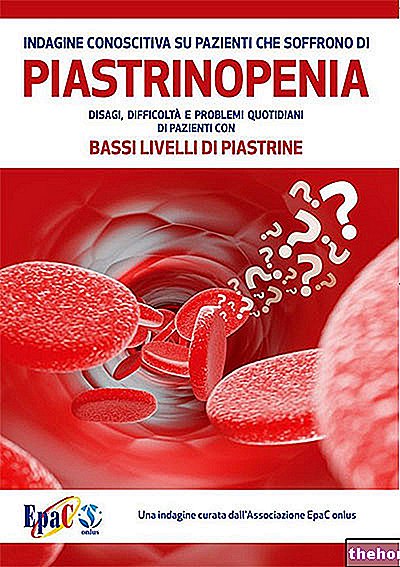
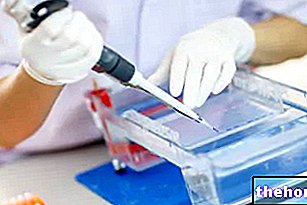
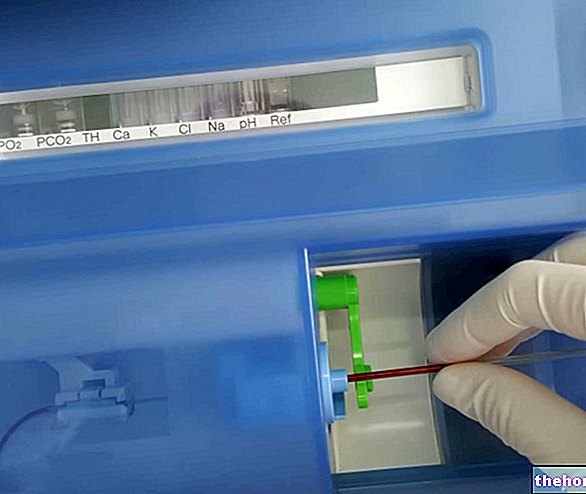









.jpg)











